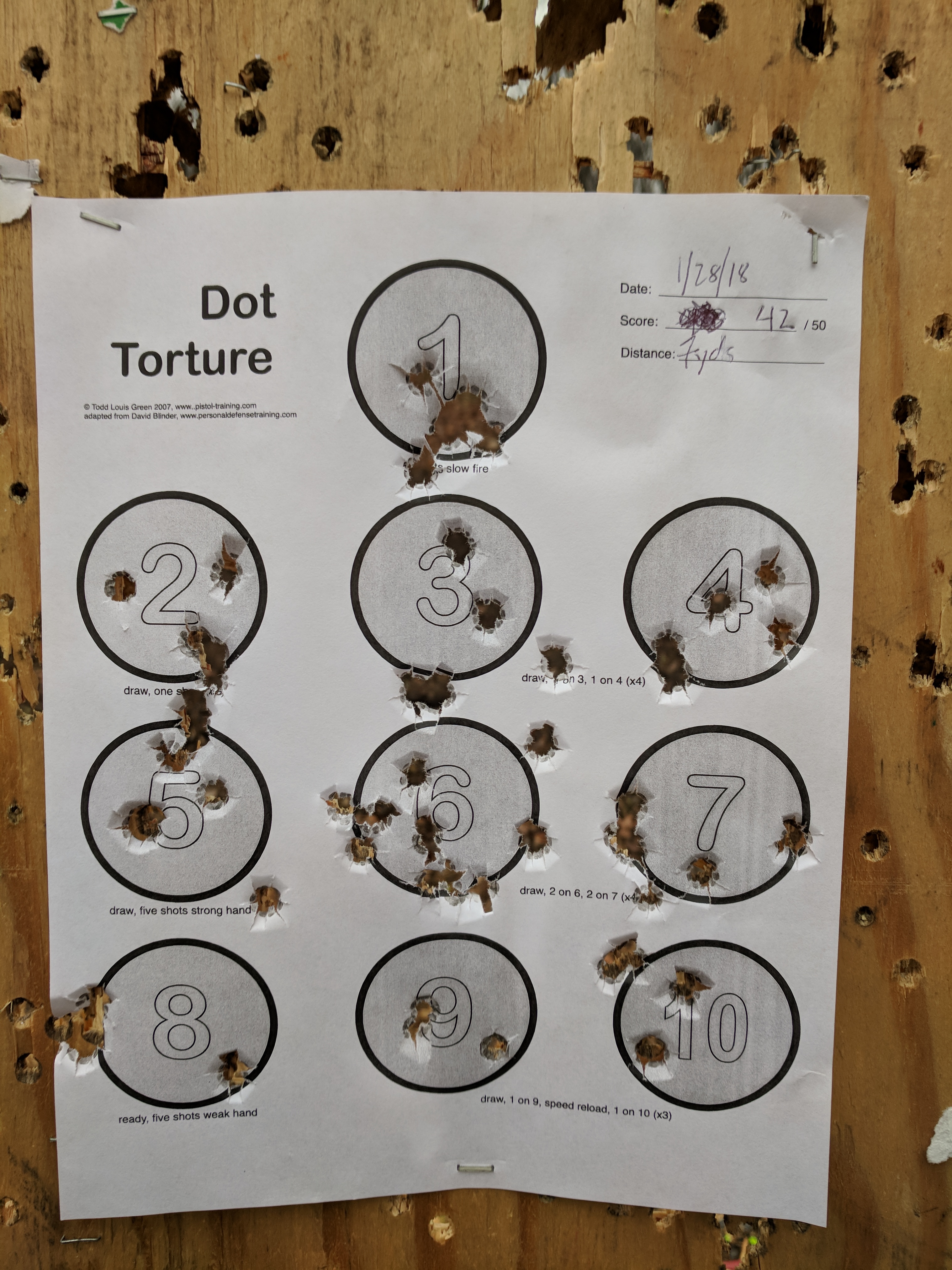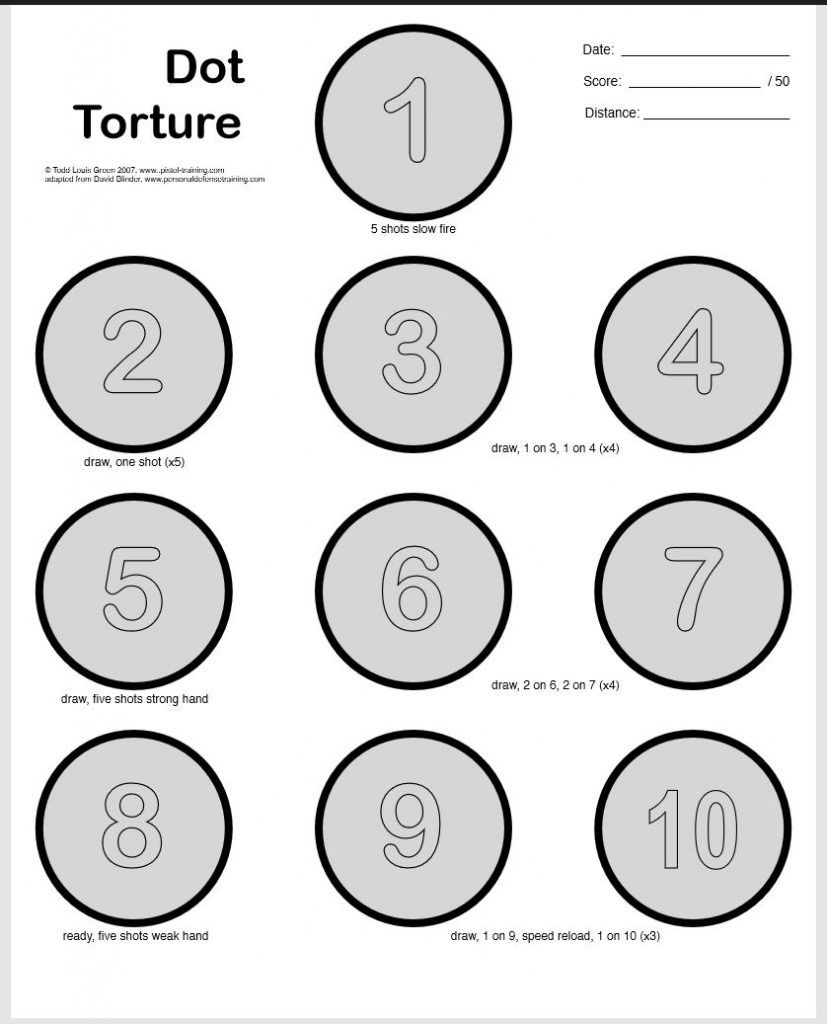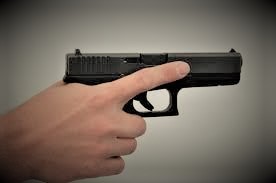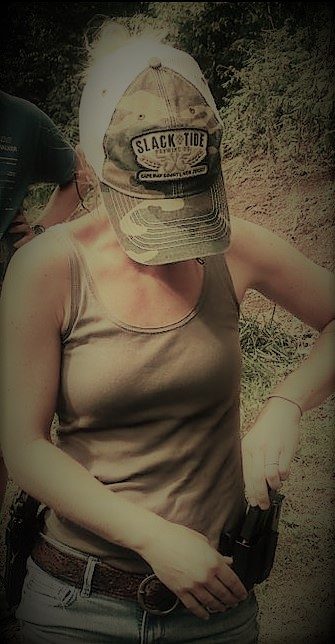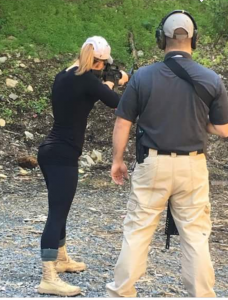SELF DEFENSE IS NOT A CLASS
Given my line of work, I’m often asked by clients and associates if I offer a “Self-Defense Class.” Those desiring self-defense would be hard pressed to find it in anyone class.
Courses or Classes will provide awareness or perhaps instill confidence in a specific area or skill. Ultimately the culmination of awareness, training, experience and mindset is what prepares you.
In·tu·i·tion, noun: “The ability to understand something immediately, without conscious reasoning.”
Trust Your Gut. When the hair on the back of your neck stands up, your subconscious is in overdrive. Don’t ignore it. There are entire books on this topic including one by Gavin DeBecker, The Gift of Fear.
Below is a classic example of intuition I encountered some time ago on the first day on a rush workplace protection job. The Company had a specific threat concern due to one individual. Details were relayed to me by the potential target turned hero.
Late in the afternoon a strange subject entered a secluded and minimally staffed office. “He looked at me and immediately the hair stood up on the back of my neck”. “His behavior was strange” and he didn’t ask the same questions as other customers. His statements and actions were coercive.
Fortunately the employee was sharp, trusted their gut and took command of the situation resulting in the subject departing and police being contacted. Details of the case involved multiple Pennsylvania counties and the subject was after about a week.
“At the time of his arrest he had in his possession a bag containing duct tape, handguns, rope, a ski mask, chains, padlocks, matches and manifesto of specific actions he planned to carry out ”
This subject had patterned potential victims’ work schedules, home addresses, churches and schools via social media and open source web information.
Had the employee not trusted their gut or tried to convince themselves they were being judgmental, the results would have been very different. Trust your intuition. Trust your gut. If it was wrong, any reasonable person will understand.
Awareness and Avoidance
Work to quickly remove yourself in a manner preventing escalation. Use a ploy, feigned urgency, illness or simply leave. Go towards help, call for help and or police. If you’re only option is using a phone or computer communicate your location and need for help. At the very least take action to improve control of your environment.
As a child I was fascinated by National  Geographic shows of animals in their natural habitat. The quintessential African watering hole and predator prey relationship. It was nearly always the animal with its head down, the inexperienced or animal lacking confidence that was brought down by the pride of lions or crocodiles.
Geographic shows of animals in their natural habitat. The quintessential African watering hole and predator prey relationship. It was nearly always the animal with its head down, the inexperienced or animal lacking confidence that was brought down by the pride of lions or crocodiles.
21st Century Humans have a different dynamic than the watering hole but in many ways its similar. As a Protective Security Agent I’m often provided with advance knowledge as to a hostile actor’s history, background and mindset. As a Private Investigator performing private and court appointed investigation for crimes like Robbery, Assaults, Home Invasions and Murder, I have the added insight of reviewing evidence, motives and interviewing witnesses.
Many folks throw around the term, “Situational Awareness” ad-nauseum. Basically it means being aware of change or potential for change in your environment. Some folks have a more innate ability than others.
Everyone loves to Monday Morning Quarterback but let’s be real – no one is switched on all the time. Changing pedestrian and traffic flows, scanning and assessing individuals, surveillance, counter surveillance, surveillance detection, cover and concealment, intercept and counter ambush points, intelligence, weather, etc…..even a skilled professional is challenged to monitor this stuff 24/7.
But being aware during your day to day activities isn’t really all that hard. Below are several simple points for consideration.
Posture & Body Language
When scanning for criminal threats, we use body posture, behavior, exaggerated and subtle motions and cues to detect threats – Criminal do the same things identify victims.
A 1981 a study conducted by Scientists Betty Grayson & Morris Stein validated what our human instinct and intuition have always known.
In their paper titled, “Attracting Assault: Victims’ Nonverbal Cues” They wrote, “Potential victims may be signalling their vulnerability to would-be assailants through gestures, posture, and exaggerated movements.”
“Simply walking with confidence can deter crime”
Physicality and Fitness falls into a New Years Resolution category for many. Fitness is an important part of combat. In high school I was a member of the boxing club – nothing like the movie, Fight Club with Brad Pitt, so I’m allowed to talk about it.
Our Coach, George Yaniger Sr. was formerly a sparring partner to famed professional boxer, Smokin’ Joe Frazier. Coach Yaniger was definitely an individual to respect although a few joked that Coach took too many of Smokin’ Joe’s punches. But to me, he had character. Coach’s boxing training instilled two valuable lessons: 1. You resort to your training, and 2. Learn to fight tired.
Many people have limited experience with actual physical combat. Perhaps childhood spats with a sibling or the occasional playground scuffle. Others were fortunate and maybe competed in wrestling or martial arts. Some grow up brawling as a matter of course…….
Many physical attacks last seconds. When seconds turn into minutes the minutes feel longer. Having confidence and ability to fight tired and keep your wits about you is invaluable. It can be honed. Enhancing your fitness level, even just a bit will increase confidence in overcoming obstacles.
My wife is fit. She is an experienced ultra-marathon runner and together we have a membership to a running club (I show up for social functions). For many folks in this club fitness is a lifestyle and anecdotally I’ve noticed it’s members are much more realistic and confident about overcoming violent crime.
An individual I assisted is another case was the survivor of a violent encounter. After being found not guilty at trial the perpetrator became emboldened to persist even years later. This escalated into stalking, disturbing text messages via spoofed phone numbers and vehicle intercepts at all hours.
“They’re following me right now, am I allowed to call 911?”
If even remotely concerned, do not hesitate to call police and request an Officer investigate suspicious activity. Even if they seem grumpy, police would rather respond a thousand times for nothing than show up once after it’s too late.
After coaching this person and assisting them navigating proper law enforcement channels, I felt good the matter would be resolved……fast forward and a week and my phone rang, “They’re following me right now, what do I do, am I allowed to call 911?” I reminded them, “Yes, give me your location, go towards the nearest occupied area, hang up with me and call 911!”
The stalker neglected to follow this person to the into the occupied area then disappeared when police arrived on scene. The perpetrator was subsequently charged and measures were taken to prevent future stalking.
SECURITY
Physical
Do you control your environment? Doors locked? Lighting? Alarm or Surveillance Systems? Elite Agencies with missions such as the U.S. Secret Service use highly effective techniques, like locking doors, windows and closing blinds and curtains. How secure are your locks and windows? How good is the lighting?
Informational
Are you or a loved one associated with a targeted items, entities or information? One tragic example in Lehigh Valley, PA shows two cell phone store employees being targeted – one was murdered and another abducted by senseless criminals.
Who has information about What you’re doing, Where you are, Where you’re going, Who you’ll be with, How you’re getting there – see the pattern?
When should someone expect to hear from you and what do they do if they don’t?
Another example is bumper stickers. Bumper Stickers? What information do these travelling billboards provide to a passerby? I lament my Cop buddies with vehicles adorned with stickers like, “Thin blue line”, “Protected by Smith & Wesson” or, “Glock Perfection.” If a criminal walks past 500 vehicles, which vehicle do you think they’ll target to steal a weapon?
The ever popular “stick figure” bumper sticker adorning minivans everywhere(I love minivans btw) provide potentially sensitive details about the household. Perhaps depicting a single parent with one child? A goldfish but no barking dog? Your employer parking pass and the school spirit sticker provide the other details. Don’t get me wrong, these are just considerations – I like bumper stickers as much as the next guy.
Looking for a self-defense course? Research and check the bonafides of instructor(s). Someone who claims they’ll teach you to defend yourself inside or outside of the home or provide weapons / self defense training in several hours is doing so with a lacking and rushed curriculum.
Tools, less lethal and lethal weapons may include:
- Pepper spray – someone always suggests wasp spray (do not use wasp spray)
- Impact weapons
- Tasers
- Lethal Weapons & Firearms
- A bright flashlight
Understand that most often you get what you pay for. Not all experts are good teachers and vice versa. If on a tight budget options may include your local community college, law enforcement agency or other community programs.
Consider contingency planning with your spouse and/or children. The dynamic changes when you’re with a loved one, family or friends.
Ideal Curriculum: Awareness, Avoidance and Mindset are a good start. Combining fitness and a legitimate martial art / combative training is even better. Other important considerations include less lethal, lethal and firearms training coupled with understanding use of force continuum and applicable law.
Speaking of Law. The use of force in defense of yourself or others can be found with a simple google search of your respective State Legislature. At first, laws seem intimidating to read and comprehend although after some review you’ll learn to navigate and interpret the language and learn interesting points to impress your friends and colleagues. If unsure, consult with an expert, your District Attorney’s Office or criminal defense attorney
Generally speaking it is often best practice to retreat from a threat before using force, if you can do so reasonably. Pennsylvania use of force in self-protection and the protection of others can be found here.
Good News
In recent years violent crime rate statistics have reportedly dropped around the country. This is good news. That being said, “Statistics are great, until they happen to you.” Stay safe and stay prepared!
While I still don’t plan to offer a Self Defense Class, I will continue offering Personal Safety & Security Awareness, Protective Services, Active Threat Training conduct Handgun Instruction, ,CPR AED training and Emergency First Aid training.

Is an American Private Investigator & Security Consultant based in Topton, Pennsylvania USA
For more articles like this one click below to follow on facebook


